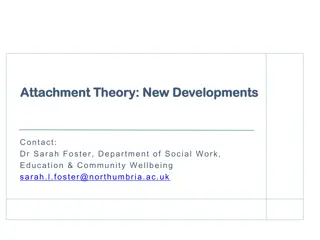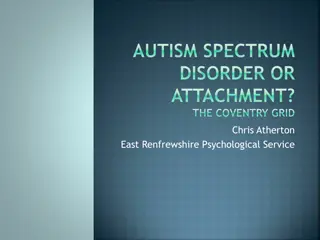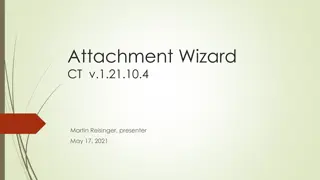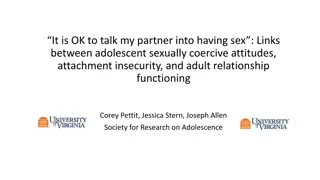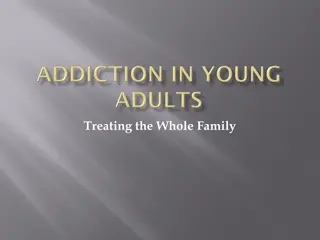
Toxicological Review of Vanadium Pentoxide: Key Recommendations and Classification Analysis
Explore the draft toxicological review of vanadium pentoxide, including key recommendations for data evaluation methods, protocols for study review, classification analysis on carcinogenicity, calculation of reference dose, and confidence assessment.
Download Presentation

Please find below an Image/Link to download the presentation.
The content on the website is provided AS IS for your information and personal use only. It may not be sold, licensed, or shared on other websites without obtaining consent from the author. If you encounter any issues during the download, it is possible that the publisher has removed the file from their server.
You are allowed to download the files provided on this website for personal or commercial use, subject to the condition that they are used lawfully. All files are the property of their respective owners.
The content on the website is provided AS IS for your information and personal use only. It may not be sold, licensed, or shared on other websites without obtaining consent from the author.
E N D
Presentation Transcript
December 8, 2011 Listening Session COMMENTS ON THE DRAFT TOXICOLOGICAL REVIEW OF VANADIUM PENTOXIDE Kimberly Wise, Ph.D
Key Recommendations Adopt a consistent weight of evidence framework and clear data evaluation methods Provide clear and transparent protocols for determining the quality of studies used in the assessment Adopt consistent and transparent approaches for evaluating confidence and uncertainty
Establish protocols for review of major types of studies, such as epidemiologic and bioassay NAS RECOMMENDATIONS Develop uniform language to describe strength of evidence on non-cancer effects Develop standard protocols for weighing human vs. experimental evidence
From: NAS Report on the Review of the EPAs Draft IRIS Assessment of Formaldehyde
Classification of likely to be carcinogenic to humans by the inhalation route CONSISTENT WOE PROTOCOLS Insufficient Human Data No carcinogenic data available in epidemiological studies Occupational studies reported respiratory tract irritation and inflammation but no exposure data was reported. Insufficient Animal Data While the 2002 NTP study found evidence of carcinogenicity in mice but there was no dose related increases. No statistically significant increase in rats. Rondini et al. (2010) showed statistically significant lung tumor increases in A/J and BALB/C mice exposed to vanadium pentoxide in the presence of MCA but no tumorigenesis with only vanadium pentoxide alone.
Calculation of an RfD using hematological effects CONSISTENT WOE PROTOCOLS Chronic RfD of 9 10 4 mg/kg-day calculated based on dose-related decreases in RBC count in the oral study (Mountain et al. 1953) supported by the hematological effects observed in the inhalation study (NTP, 2002). Mountain et al. (1953) did not provide statistical analysis data for these effects. NTP 2002 3 month rat study hematological effects showed varying hematological results Justification of what constitutes biological significance for decreases in hemoglobin counts
Confidence in the database is low CONFIDENCE AND UNCERTAINTY Overall confidence in the inhalation unit risk estimate calculation is low Confidence in the principal study for derivation of the RfD is low Confidence in the principal study for derivation of the RfC is high Confidence in the overall database is medium Confidence in the chronic RfC is medium


